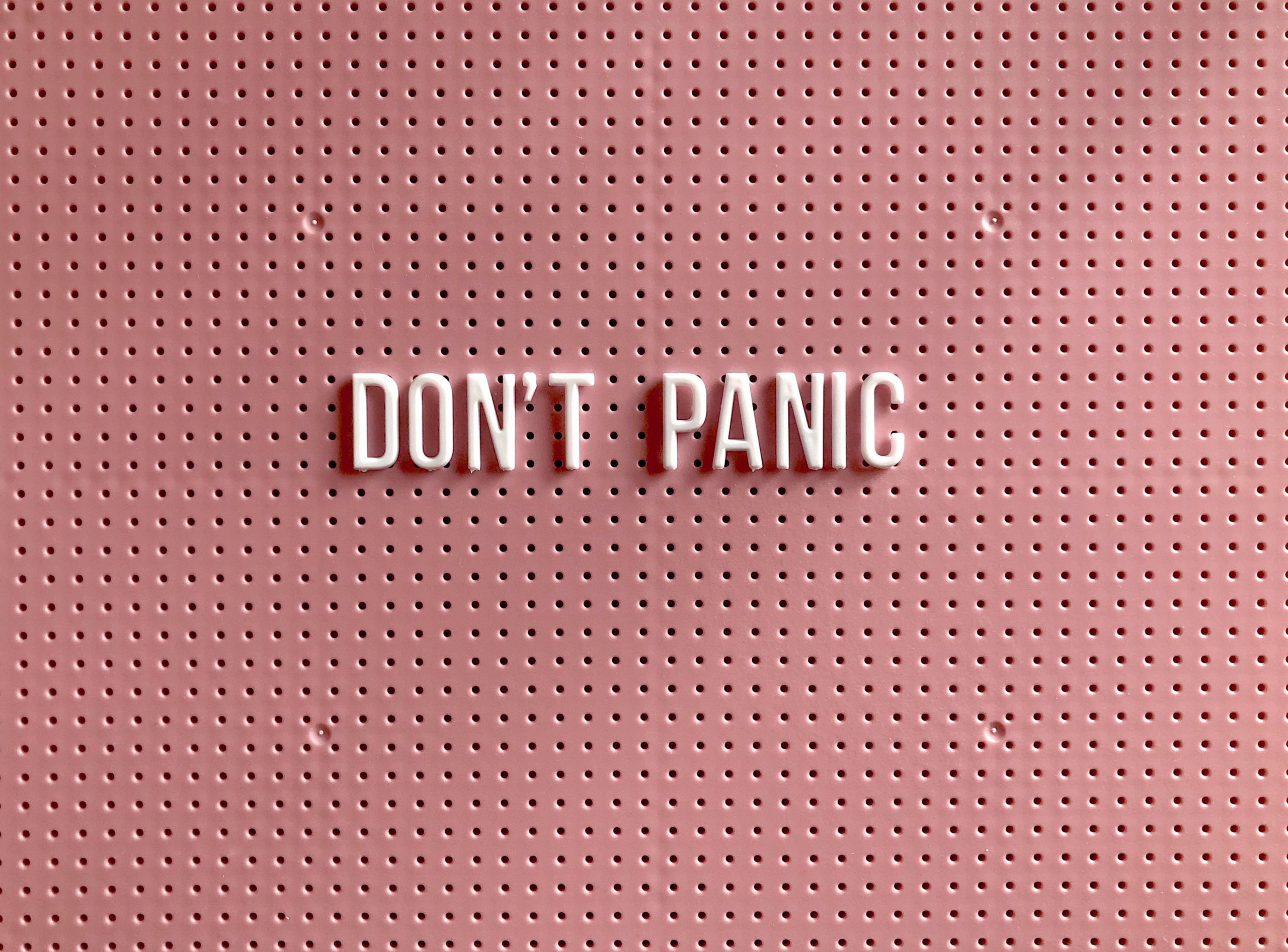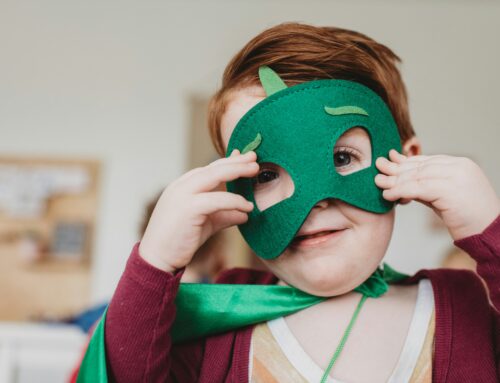If your child suffers from anxiety or panic disorder, you are no stranger to panic attacks. If you do not suffer from anxiety yourself, understanding what goes on during an episode can be a challenge to wrap your head around. Not only is this moment of fight-or-flight scary for your child, but it can be difficult to watch as a parent, unsure of how to help. In this article, we will explore the five best tips to help your child navigate a panic attack.
Try to Prevent The Attack Before It Starts
This may be easier said than done, but the best way to help your anxious child is to prevent panic attacks before they start. A panic attack can come on suddenly and trigger severe physical and emotional reactions, oftentimes when no real threat is present.(1) However, some children do have triggers that you, as a parent, can identify when addressing these panic patterns.
Talking to a professional about treatment options that you and your child can work through together is a great way to start building a prevention plan. Taking your child for an assessment using our neuropsychological consultation program can help get to the true root of the problem. The best thing you can do is to help eliminate these triggers to prevent the attack before it starts
Help Remove Tight Clothing or Any Constricting Items
When your child starts to experience a panic attack, there are a few physical symptoms that commonly go along with it. For example, your child may experience a pounding heartbeat, sweating, chest pain, difficulty breathing, dizziness,(2) and more. Try and help your child remove any restricting clothing so that these symptoms pass more quickly. Removing a zip-up sweatshirt, coat, or tight shirt collar can allow them some relief.
Provide Helpful Distractions
To help your child’s panic attack subside, it’s important to provide distractions for them to get their mind off their trigger. Try to provide calming distractions that involve physical touch where they have to interact with a tangible object. Offering them a puzzle, a physical book where they have to turn the pages, or a simple game can allow them to focus on something other than their anxiety.
Avoid Yelling or Speaking Loudly
Let’s face it, watching your child go through something like a panic attack is nothing short of a nightmare. You as a parent have every right to feel scared and frustrated, however, it’s crucial that you avoid yelling or speaking loudly. These instincts may come naturally to you, but it’s important to speak calmly to your child so as to not escalate the panic attack further.
Keep Yourself From Going Into an Attack
As we mentioned above, keeping yourself calm should be at the top of your priority list when your child enters a panic state. You will not be able to help them navigate this uncomfortable feeling if you, too, are experiencing an attack yourself! Take a few deep breaths and remind yourself that this, too shall pass. Exploring parent resources through NeuroBehavioral Associates can also help you connect with professionals who will be able to give expert advice.
We hope this article helps you better understand why your child may enter a panic state and what to do if they go into an attack. For more helpful resources and support, contact us today.
References:
- Panic Attacks and Panic Disorder – Symptoms and Causes – Mayo Clinic
- Panic Disorder: When Fear Overwhelms – National Institute of Mental Health





